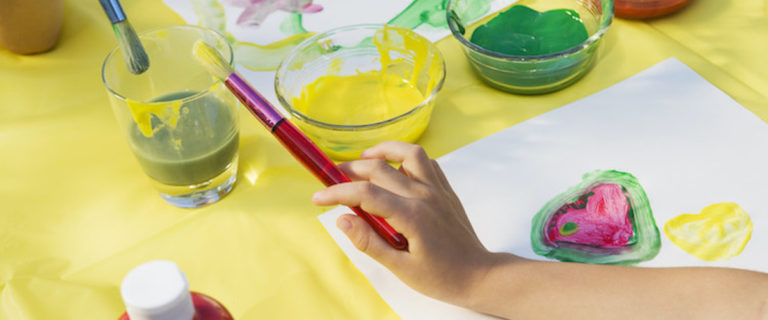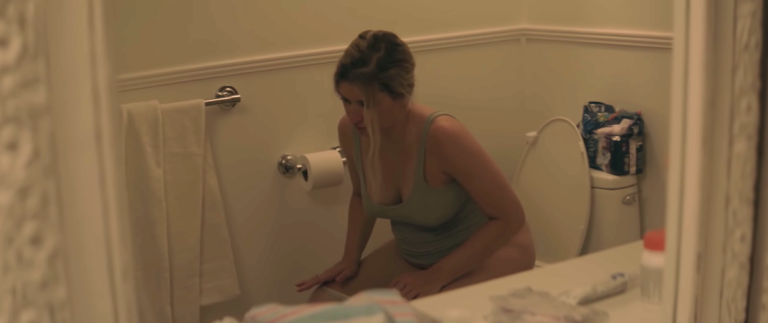
Dear Diary,
This past weekend, my husband had to drill (A.K.A he had to report to his post in Queens, New York to complete his one weekend a month duty to the Army Reserves). So, it was just me and my little man hanging out for two days of mommy/toddler fun! It was a beautiful weekend, so our plans consisted of some SOHO shopping, Union Square Park and Farmers Market, and if I was feeling rather ambitious, the Central Park Zoo. I got us all packed up on Saturday for day #1 of our adventures! As soon as I stepped outside into the hot sunshine, I realized that I dropped the ball and forgot to get us all lathered up in sunscreen. AND, to top it all off, Branden tends to act as a little parrot, so I got to hear “Mommy forgot the sun cream!” all day long!
So, before heading out to the park on Sunday, I tore the house apart trying to find the all natural baby sunscreen that I had spent a fortune on last summer, and got Branden lathered up 20 minutes before heading outside. The fact that I had so much trouble finding where I had last left the sunscreen left me feeling a bit concerned, since deep inside I knew we should be using this daily, NOT just when the sun is shining.
As a concerned parent, I knew in this moment that some research was in order! So, as concerned Mamas yourselves, here are the “need to know” facts in the form of Q & A’s about sunscreen and how to choose the right one for you and your family:
Sunscreen 101
- How does sunscreen work? There are two different types of sunscreen. The less common are the physical blockers, such as zinc oxide (see below) which sits on top of the skin to protect it from ultraviolet rays. The other is the more commonly known chemical blockers, which we use through absorbtion into our skin. This type will actually absorb the UV radiation coming from sunlight and convert it into an energy that is much less damaging to the skin.
- Is it better to use natural or organic sunscreen? Not necessarily. As always, products that are natural or organic are free of chemicals that may worry Mamas about being on your children’s skin. But as always, this is a personal opinion. If buying natural or organic sunscreen works better for you and your family, then that is the best choice for you. If purchasing the non-organic sunscreen spray that is the ONLY product on the market your toddler will give you the time of day to spray on them, then go for it! (No one who isn’t a parent can comprehend the difficulties of applying sunscreen that is deemed undesirable on the face of a squirming, scrinching toddler!) If you are thinking of buying natural or organic sunscreen, here are some great options: Tropical Sands, Nature’s Gate, Goddess Garden, and Loving Naturals.
- Newborns: Pediatricians used to be firm about NOT using sunscreen on infants under the age of 6 months. But they have recently waffled on this rule and now say that you can use sunscreen on areas of a newborns skin that is not protected by clothing. Overall, it’s probably wise to test out a small patch of your baby’s precious skin before covering a large area.
- Allergies: Though it is most uncommon, sometimes people do have allergies to sunscreen. The allergy is known as contact dermatitis and is a result of an allergy to one of the active ingredients in the sunscreen that you are using. These active ingredients include Para-Aminobenzoic Acid (PABA), Benzophenones, Cinnamates, Salicylates, Dibenzoylmethanes, and Octocrylene.
- Sunscreen Alternatives: Zinc oxide and titanium dioxide do the same thing that a typical sunscreen does, except it doesn’t absorb as well in the skin. (Think old movies of a lifeguard sitting on their post wearing sunglasses and that unmistakable white line down their nose!)
- SPF: Sun Protection Factor (Discovery Health). When looking at a bottle of sunscreen the reads SPF 30, it literally means that by applying that specific sunscreen as directed, you will be able to stay in the sun 30 times longer than you would without it.
- Water resistant or waterproof is always best since we are typically active and sweating in the sun. Waterproof provides you with 80 minutes of sun protection while you and the fam are swimming and splashing around, while water resistant will provide 40 minutes of protection.
- In the winter it is a great idea to get the whole family into a routine of lathering up in a lotion with at least on SPF of 15 in it, daily! (For Mamas: make-up such as foundations and tinted moisturizers that have SPF protection are great as well!)
- UVA vs. UVB: According to SkinCancer.org, the UVA rays are the ones that penetrate the skin most deeply, and can cause large amounts of damage to the skin’s outermost layer (the epidermis) and can lead to skin cancer. UVB rays play a key role in the reddening and sunburn that happens from prolonged time in the sunshine. The intensity of UVB rays does depend upon the location and the time of day.
- Choosing the Right SPF: Overall, choosing the highest number SPF means that you can spend the most time outdoors without burning. BUT…don’t be fooled! The higher number SPF doesn’t always mean the most protection. According to the American Academy of Dermatology, SPF 50 will only provide 1-2% more protection than an SPF 30. Its important to look at the big picture (SPF number (anything over 15) + UVA+ UVB =best protection).
- Remember: Apply sunscreen 20-30 minutes before you and your family head outdoors. Re-apply after swimming and sweating!
I hope that this information helps all you Mamas make the best decisions when choosing the right sunscreens for your family! Let’s aim to keep our sunny summer days safe!
Fashionably Yours,
Allison







